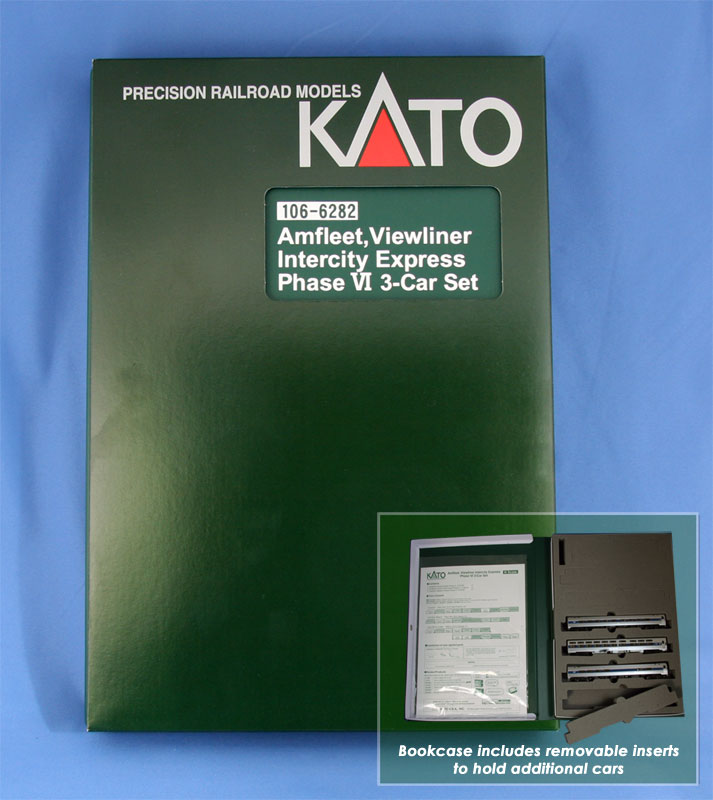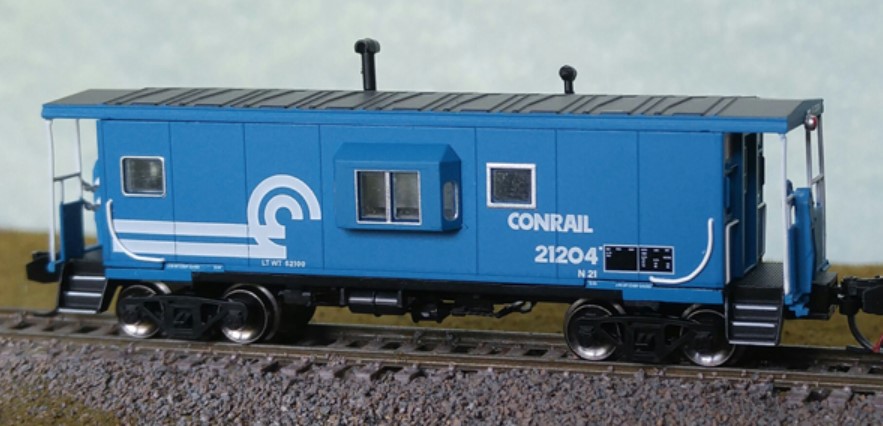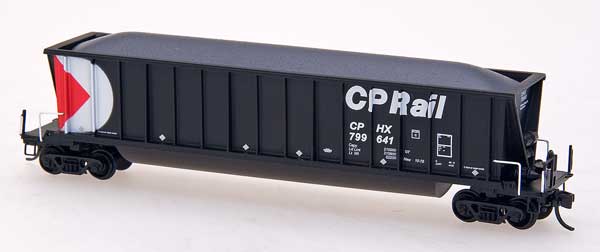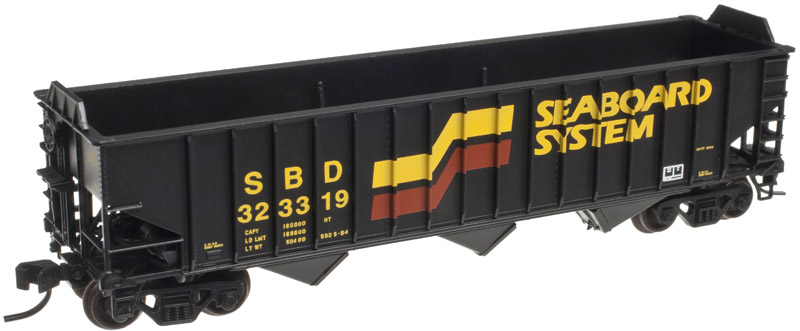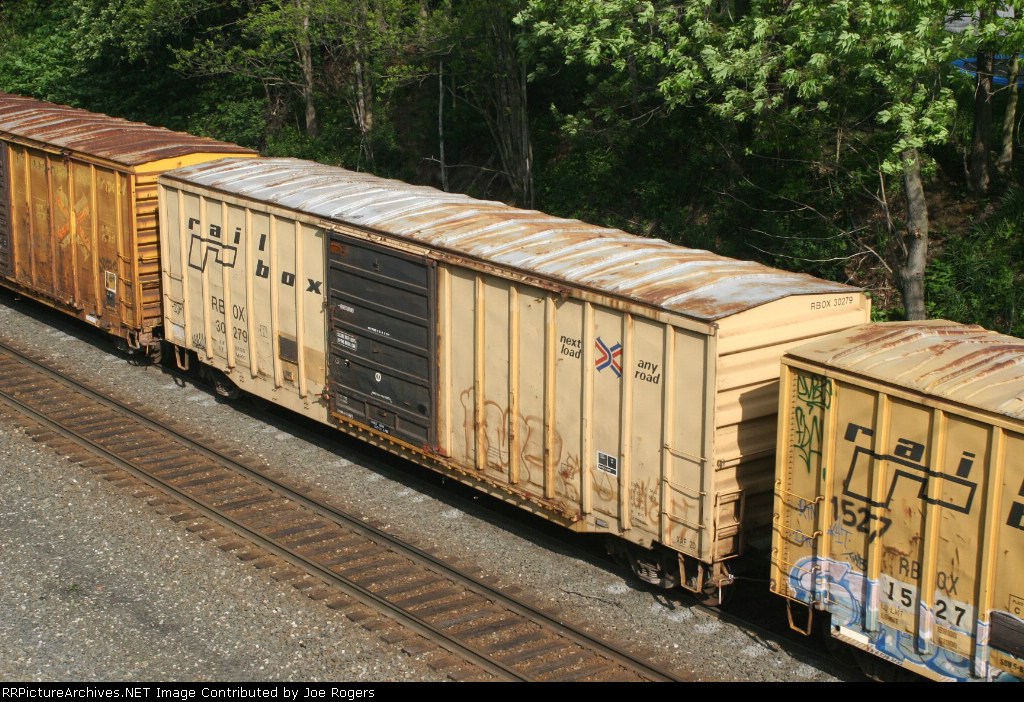Model Information: This model was introduced in 2002 and is made in China. It comes in two variants: Rib side or Smoothside.
It features:
It features:
- a prototypically detailed body with realistic ladders, brake wheel and see-through end crossover walkway;
- detailed die-cast metal underframe;
- separate brake system;
- air reservoir;
- 70-ton roller-bearing trucks;
- accurate painting and printing details.
Prototype History: The 50' boxcar had largely replaced its 40 foot predecessor by the 1960s. With the advent of the Per Diem rules, production of 50 foot steel boxcars by all tyhe major manufacturers really took off. ACF (American Car & Foundry) was no exception. This model was built by ACF (American Car and Foundry) in the late 1960's and early 1970's. It was delivered in both smooth side and rib side versions. This boxcar features a single sliding door and no roof-walk. Conrail took possession of about 1,000 of these cars from the Penn Central that were built and delivered in 1971. The Illinois Central took delivery of 200 50' ACF boxcars in April of 1967. The cars are easily identifiable with their indented panel area to the right of the 10' door
Road Name History: 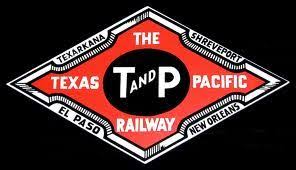 The Texas and Pacific Railway Company (known as the T&P) was created by federal charter in 1871 with the purpose of building a southern transcontinental railroad between Marshall, Texas, and San Diego, California.
The T&P had a significant foothold in Texas by the mid-1880s. Construction difficulties delayed westward progress, until American financier Jay Gould acquired an interest in the railroad in 1879. The T&P never reached San Diego; instead it met the Southern Pacific at Sierra Blanca, Texas, in 1881.
The Missouri Pacific Railroad, also controlled by Gould, leased the T&P from 1881 to 1885 and continued a cooperative relationship with the T&P after the lease ended. Missouri Pacific gained majority ownership of the Texas and Pacific Railway's stock in 1928 but allowed it to continue operation as a separate entity until they were eventually merged on October 15, 1976. On January 8, 1980, the Missouri Pacific Railroad was purchased by the Union Pacific Railroad. Because of lawsuits filed by competing railroads, the merger was not approved until September 13, 1982. However, due to outstanding bonds of the Missouri Pacific, the actual merger with the Union Pacific Railroad took place on January 1, 1997.From Wikipedia
The Texas and Pacific Railway Company (known as the T&P) was created by federal charter in 1871 with the purpose of building a southern transcontinental railroad between Marshall, Texas, and San Diego, California.
The T&P had a significant foothold in Texas by the mid-1880s. Construction difficulties delayed westward progress, until American financier Jay Gould acquired an interest in the railroad in 1879. The T&P never reached San Diego; instead it met the Southern Pacific at Sierra Blanca, Texas, in 1881.
The Missouri Pacific Railroad, also controlled by Gould, leased the T&P from 1881 to 1885 and continued a cooperative relationship with the T&P after the lease ended. Missouri Pacific gained majority ownership of the Texas and Pacific Railway's stock in 1928 but allowed it to continue operation as a separate entity until they were eventually merged on October 15, 1976. On January 8, 1980, the Missouri Pacific Railroad was purchased by the Union Pacific Railroad. Because of lawsuits filed by competing railroads, the merger was not approved until September 13, 1982. However, due to outstanding bonds of the Missouri Pacific, the actual merger with the Union Pacific Railroad took place on January 1, 1997.From Wikipedia

Brand/Importer Information: In 1924 Stephan Schaffan, Sr. founded the Atlas Tool Company in Newark, New Jersey. In 1933 his son, Stephan Schaffan, Jr., came to work for his father at the age of sixteen. Steve Jr. built model airplanes as a hobby and frequented a local hobby shop. Being an enterprising young man, he would often ask the owner if there was anything he could do to earn some extra spending money. Tired of listening to his requests, the hobby-store owner threw some model railroad track parts his way and said, "Here, see if you can improve on this".
In those days, railroad modelers had to assemble and build everything from scratch. Steve Jr. created a "switch kit" which sold so well, that the entire family worked on them in the basement at night, while doing business as usual in the machine shop during the day.
Subsequently, Steve Jr. engineered the stapling of rail to fiber track, along with inventing the first practical rail joiner and pre-assembled turnouts and flexible track. All of these products, and more, helped to popularize model railroading and assisted in the creation of a mass-market hobby. The budding entrepreneur quickly outgrew the limitations of a basement and small garage operation. Realizing they could actually make a living selling track and related products, Steve and his father had the first factory built in Hillside, New Jersey at 413 Florence Avenue in 1947. On September 30, 1949, the Atlas Tool Company was officially incorporated as a New Jersey company.
In 1985, Steve was honored posthumously for his inventions by the Model Railroad Industry Association and was inducted into the Model Railroad Industry Hall of Fame in Baltimore, Maryland. In addition, Steve was nominated and entered into the National Model Railroad Association Pioneers of Model Railroading in 1995.
In the early 1990s, the Atlas Tool Company changed its name to Atlas Model Railroad Company, Inc.
In those days, railroad modelers had to assemble and build everything from scratch. Steve Jr. created a "switch kit" which sold so well, that the entire family worked on them in the basement at night, while doing business as usual in the machine shop during the day.
Subsequently, Steve Jr. engineered the stapling of rail to fiber track, along with inventing the first practical rail joiner and pre-assembled turnouts and flexible track. All of these products, and more, helped to popularize model railroading and assisted in the creation of a mass-market hobby. The budding entrepreneur quickly outgrew the limitations of a basement and small garage operation. Realizing they could actually make a living selling track and related products, Steve and his father had the first factory built in Hillside, New Jersey at 413 Florence Avenue in 1947. On September 30, 1949, the Atlas Tool Company was officially incorporated as a New Jersey company.
In 1985, Steve was honored posthumously for his inventions by the Model Railroad Industry Association and was inducted into the Model Railroad Industry Hall of Fame in Baltimore, Maryland. In addition, Steve was nominated and entered into the National Model Railroad Association Pioneers of Model Railroading in 1995.
In the early 1990s, the Atlas Tool Company changed its name to Atlas Model Railroad Company, Inc.
Item created by: Emily on 2016-11-16 20:13:14
If you see errors or missing data in this entry, please feel free to log in and edit it. Anyone with a Gmail account can log in instantly.
If you see errors or missing data in this entry, please feel free to log in and edit it. Anyone with a Gmail account can log in instantly.






